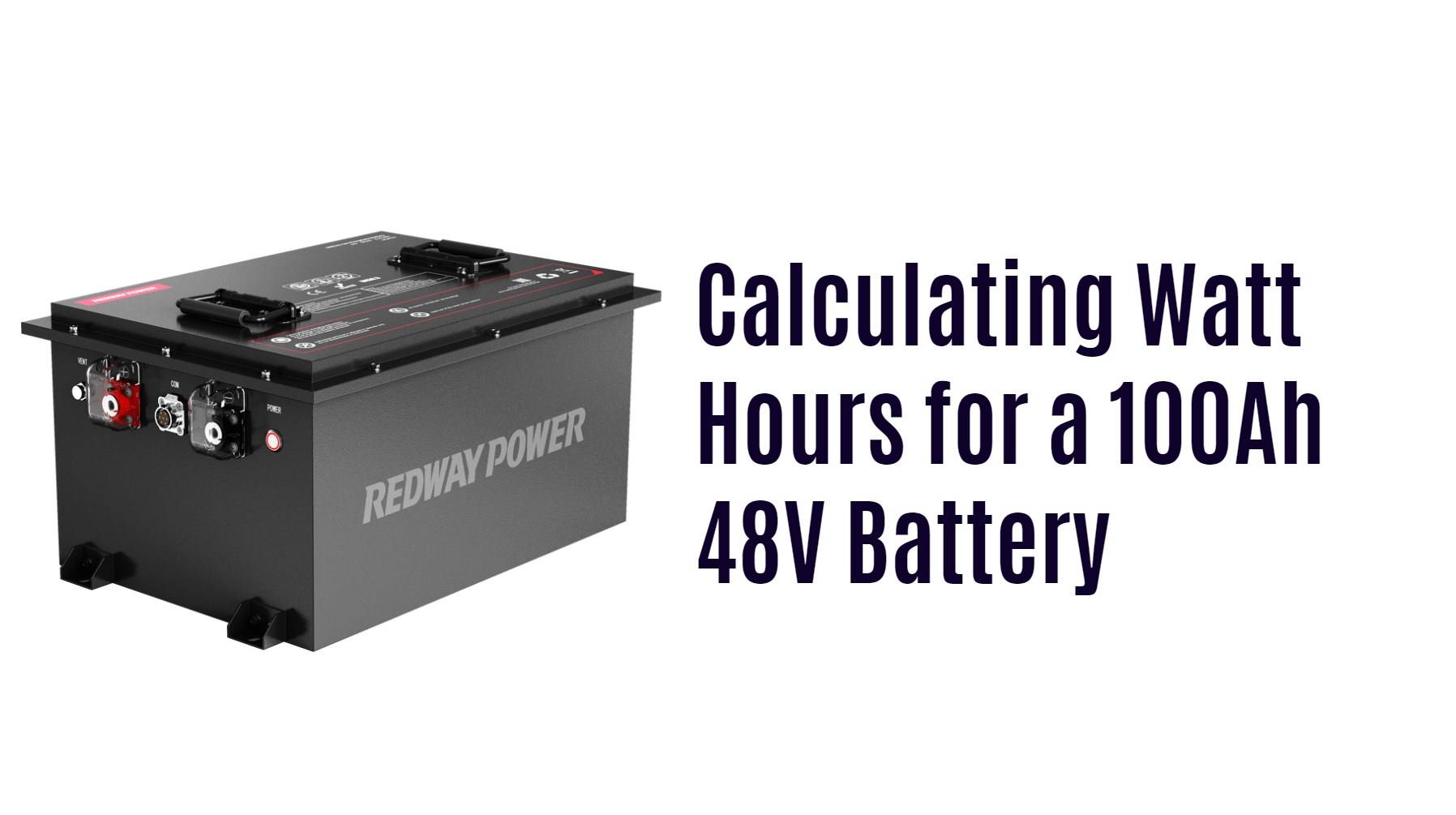- Forklift Lithium Battery
-
48V
- 48V 210Ah
- 48V 300Ah
- 48V 420Ah (949 x 349 x 569 mm)
- 48V 420Ah (950 x 421 x 450 mm)
- 48V 456Ah
- 48V 460Ah (830 x 630 x 590 mm)
- 48V 460Ah (950 x 421 x 450 mm)
- 48V 460Ah (800 x 630 x 600 mm)
- 48V 460Ah (820 x 660 x 470 mm)
- 48V 500Ah
- 48V 560Ah (810 x 630 x 600 mm)
- 48V 560Ah (950 x 592 x 450 mm)
- 48V 600Ah
- 48V 630Ah
-
48V
- Lithium Golf Cart Battery
- 12V Lithium Battery
12V 150Ah Lithium RV Battery
Bluetooth App | BCI Group 31
LiFePO4 Lithium
Discharge Temperature -20°C ~ 65°C
Fast Charger 14.6V 50A
Solar MPPT Charging - 24V Lithium Battery
- 36V Lithium Battery
- 48V Lithium Battery
-
48V LiFePO4 Battery
- 48V 50Ah
- 48V 50Ah (for Golf Carts)
- 48V 60Ah (8D)
- 48V 100Ah (8D)
- 48V 100Ah
- 48V 100Ah (Discharge 100A for Golf Carts)
- 48V 100Ah (Discharge 150A for Golf Carts)
- 48V 100Ah (Discharge 200A for Golf Carts)
- 48V 150Ah (for Golf Carts)
- 48V 160Ah (Discharge 100A for Golf Carts)
- 48V 160Ah (Discharge 160A for Golf Carts)
-
48V LiFePO4 Battery
- 60V Lithium Battery
-
60V LiFePO4 Battery
- 60V 20Ah
- 60V 30Ah
- 60V 50Ah
- 60V 50Ah (Small Size / Side Terminal)
- 60V 100Ah (for Electric Motocycle, Electric Scooter, LSV, AGV)
- 60V 100Ah (for Forklift, AGV, Electric Scooter, Sweeper)
- 60V 150Ah (E-Motocycle / E-Scooter / E-Tricycle / Tour LSV)
- 60V 200Ah (for Forklift, AGV, Electric Scooter, Sweeper)
-
60V LiFePO4 Battery
- 72V~96V Lithium Battery
- Rack-mounted Lithium Battery
- E-Bike Battery
- All-in-One Home-ESS
- Wall-mount Battery ESS
-
Home-ESS Lithium Battery PowerWall
- 24V 100Ah 2.4kWh PW24100-S PowerWall
- 48V 50Ah 2.4kWh PW4850-S PowerWall
- 48V 50Ah 2.56kWh PW5150-S PowerWall
- 48V 100Ah 5.12kWh PW51100-F PowerWall (IP65)
- 48V 100Ah 5.12kWh PW51100-S PowerWall
- 48V 100Ah 5.12kWh PW51100-H PowerWall
- 48V 200Ah 10kWh PW51200-H PowerWall
- 48V 300Ah 15kWh PW51300-H PowerWall
PowerWall 51.2V 100Ah LiFePO4 Lithium Battery
Highly popular in Asia and Eastern Europe.
CE Certification | Home-ESS -
Home-ESS Lithium Battery PowerWall
- Portable Power Stations
How to Calculate Watt Hours for a 100Ah 48V Battery

Calculating the watt hours for a 100Ah 48V battery involves understanding the relationship between voltage, amp-hour capacity, and energy measurement. The formula to determine watt-hours is simple: multiply the battery’s voltage by its amp-hour rating. For a 100Ah battery at 48 volts, the total capacity is 4800 watt-hours.
What is battery capacity in watt-hours?
Battery capacity in watt-hours (Wh) indicates the total amount of energy that can be stored and delivered by the battery. It represents how long a device can run based on its power consumption. For example, if you have a battery rated at 4800Wh, it can theoretically provide 4800 watts of power for one hour or any equivalent combination of power and time.Chart: Battery Capacity Comparison
| Battery Type | Voltage (V) | Amp-Hours (Ah) | Watt-Hours (Wh) |
|---|---|---|---|
| Lead Acid | 12 | 100 | 1200 |
| Lithium-Ion | 48 | 100 | 4800 |
| Nickel-Cadmium | 24 | 50 | 1200 |
How do you calculate watt-hours for a 100Ah 48V battery?
To calculate the watt-hours for a 100Ah 48V battery, use the formula:
Watt Hours=Voltage V ×Amp Hours Ah
Substituting in the values:
Watt Hours=48V×100Ah=4800Wh
This means that your battery can deliver 4800 watt-hours of energy, making it suitable for various applications depending on the power requirements of your devices.
Why is knowing watt-hours important for battery usage?
Understanding watt-hours is crucial because it helps users assess whether a battery can support their devices effectively. It allows you to estimate how long your devices will run on the available stored energy. For instance, if you have a device that consumes 600 watts, you can calculate the runtime as follows:
Runtime hours =Watt Hours / Power Consumption W
For a 4800Wh battery powering a 600W device:
Runtime=4800Wh/600W=8 hours
This calculation shows that the device can run for about eight hours before needing to recharge.
What does a watt-hour measure in practical terms?
A watt-hour measures the amount of energy consumed or produced over time. It quantifies how much work can be done by an electrical device operating at one watt over one hour. This measurement is essential for evaluating energy use in various applications, from household appliances to electric vehicles.
How do voltage and amp-hours relate to calculating watt-hours?
Voltage and amp-hours are directly related when calculating watt-hours. The voltage indicates the potential difference that drives current through a circuit, while amp-hours represent the total charge available. By multiplying these two values, you obtain the total energy capacity of the battery in watt-hours.
Why are watt-hours significant in energy consumption?
Monitoring watt-hours is vital for optimizing energy consumption and ensuring efficiency. By understanding how many watt-hours your devices consume, you can make informed decisions about which batteries to use and how long they will last under specific loads. This knowledge helps prevent unexpected downtime and ensures that your devices operate smoothly.
Industrial News
Recent trends in battery technology emphasize increasing efficiency and capacity ratings measured in watt-hours. Innovations in lithium-ion batteries have led to improved performance metrics, allowing batteries to store more energy while remaining lightweight. This advancement is particularly beneficial for renewable energy systems and electric vehicles, where maximizing storage capacity directly impacts usability and sustainability.
Expert Insight
“Understanding how to calculate and utilize watt-hours effectively can transform your approach to energy management,” states Dr. Emily Johnson, an energy systems expert. “By accurately assessing your power needs against your battery’s














